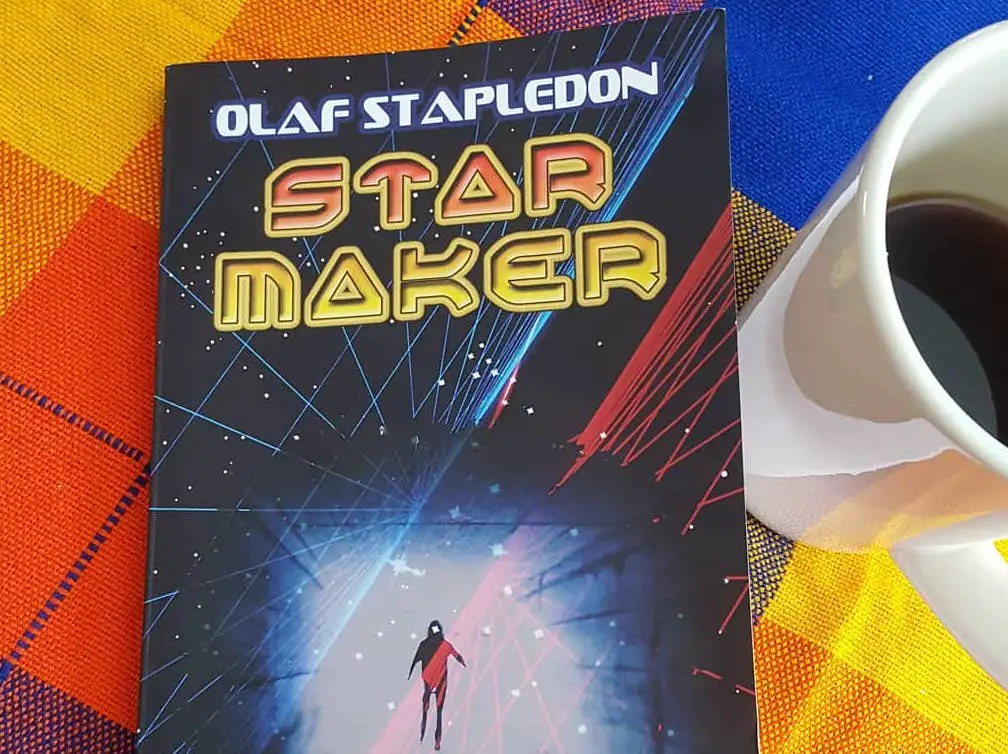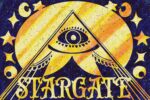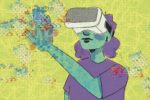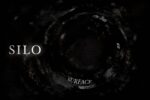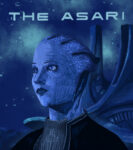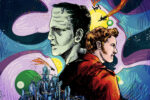Looking for a good summer read? Perhaps you’re looking for a science fiction story featuring disembodied minds traveling through space, intelligent life taking on a variety of bizarre forms and creatures, both human and alien, undergoing a journey throughout all of time and space to find the creator of the universe? In that case, look no further than Olaf Stapledon’s 1937 masterpiece, “Star Maker.”
While perhaps not as well-known as other great science fiction authors, Stapledon holds his own thanks in part to his impressive imagination. Case in point: “Star Maker” begins with Stapledon himself looking up at the night sky and contemplating humanity’s place in a vast universe, only to suddenly find his consciousness rocketing out of his body into the great void of space. There, he gains the opportunity to learn not only how numerous and diverse the intelligent life in the galaxy truly is but also who or what might be the ultimate source of it all, the titular “Star Maker.”
As Stapledon begins his quest, the format of the book gradually changes from a conventional narrative into something like a catalog highlighting the lifeforms he encounters over the course of his intergalactic travels. Because Stapledon, at this point, is limited to a human frame of reference, the first of the alien races he is drawn to are mostly similar to his own species. For example, the Other Men, the first race Stapledon comes across, look human except for a few obvious differences: birdlike legs, green hair and nostrils located above the eyes.
Other races, including bird-people, slug-people, six-legged people and even centaur-like creatures have their own unique features but otherwise, do not stray too far from the human template. Perhaps the most alien-like beings Stapledon discovers in the early part of his journey are the Echinoderms, who evolved from starfish into a form surprisingly human-like except for a grotesque face, spiky fur and a mouth found on their abdomen.
But as Stapledon begins to grow in his conceptions, he soon finds creatures who are far from human. The Nautiloids began as small, mollusk-like animals skirting across the waters of their oceanic homeworld before evolving into a much, much larger form, becoming “living ships” with shells for hulls and membranous sails. There are aliens that share a hive mind, including flocks of birdlike creatures, essentially existing as one being with many bodies. There are also creatures that are somewhere between plant and animal, working during the night before taking root and photosynthesizing during the day.
Yet, no matter how different or bizarre the aliens in “Star Maker” might appear through human eyes, Stapledon gradually reveals all intelligent races to be fundamentally alike. All go through the same basic process of development, which involves a period of growth and progress before a moment of crisis occurs, brought on by issues much like the ones with which humans struggle.
For instance, the Other Men, who rely on taste as their primary sense, enter into religious wars over what is “the taste of God.” The Echinoderms, who find it difficult to think for themselves, begin to follow brutal dictators. Even the Nautiloids, who seem so different from humans, express racial prejudice through their hierarchal caste system, in which an aristocracy of smaller, sleeker ships are given full control over society. Problems common to humanity are repeatedly shown to plague other species: clashing ideologies, war, tyranny and racial subjugation, to name only a few.
One can only conclude such problems are inherent to intelligent life. No matter where one goes in the universe, they are bound to find the same story repeating itself over and over again.
But the reason “Star Maker” portrays such disturbing realities is not to evoke despair but to raise important questions: Why must the intelligent races of the galaxy suffer and even go extinct, often for no apparent reason? Why would the being or force that created them, the Star Maker, allow this to happen? Does life in the universe have some undiscovered purpose? If so, what is this purpose? What are the Star Maker’s plans? Does this being even have plans? Does the Star Maker even really exist? If so, in what way? How can the Star Maker be found, if at all?
According to Stapledon, all intelligent races ask these questions. Perhaps more than anything, humans and aliens are united with one another in their bemusement over the state of their respective realities. Despite coming from a completely different world, Stapledon is still able to share his existential fears with Bvalitu, a philosopher of the Other Men.
As Stapledon remarks on how all species seemed to be threatened with the prospect of suffering and dying for no reason, Bvalitu argues this can only be right. For “[w]hat has our pain to do with it, or our failure?” The Star Maker is beyond the reach of any one intelligent being; one can only trust the great creator will do what is right. Bvalitu finds comfort in faith, just as humans have always done, just as other races in the galaxy eventually do together when they utter the same prayer: “Whether [the Star Maker] be Love or not Love, our hearts praise it, out-soaring reason.”
“Star Maker” is not simply a science fiction story, it is a spiritual journey that attempts to reconcile the anguishes of existence with the hope of a greater reality. Stapledon and his alien compatriots share the same goal: to pursue ever higher forms of reasoning until at last the Star Maker can be known. Despite their distance from one another, both across space and time, all thinking creatures are linked by both their need and capacity for faith.
Maybe Stapledon’s greatest achievement with “Star Maker” is simultaneously confirming humanity’s worst fears and highest hopes. While he acknowledges humankind could one day be wiped out without ever knowing why it was here in the first place, he also assures his readers that humans do not suffer alone. Nor do they pray alone.


